ARMD Diagnosis
What We Look For
Deposits under the retina – known as ‘drusen’ – can sometimes be seen by an optometrist in a routine eye examination. Large drusen can indicate ARMD, as can colour changes in the macula. If these are found, you will be referred for further testing by an ophthalmologist.
Special photography called Optical Coherence Tomography (OCT) scans create cross-sectional images of the retina, showing the different layers. The ophthalmologist will look for the presence of fluid in the macula and measure macular thickness. They will also look for loss of tissue and abnormal deposits. This allows early diagnosis of ARMD.
Another diagnostic tool is fluorescein dye angiography. Dye injected into a vein (in your arm) travels to the eye and highlights the blood vessels under the retina. Images can then be taken of the blood flow through the vessels and any bleeding present. These images help to monitor any changes to the macula.
“The clinic where we care about you as well as for you.”
We Have What You Need
Expertise
Highly experienced consultant ophthalmologist specialising in medical retina.
PERSONAL CARE
The same doctor every time for continuity of care and a good patient doctor relationship.
CLOSE MONITORING
Monthly reviews and regular OCT scanning for early identification of disease progression.
THE LATEST TREATMENTS
Access to new treatments currently in development as soon as they are available.
